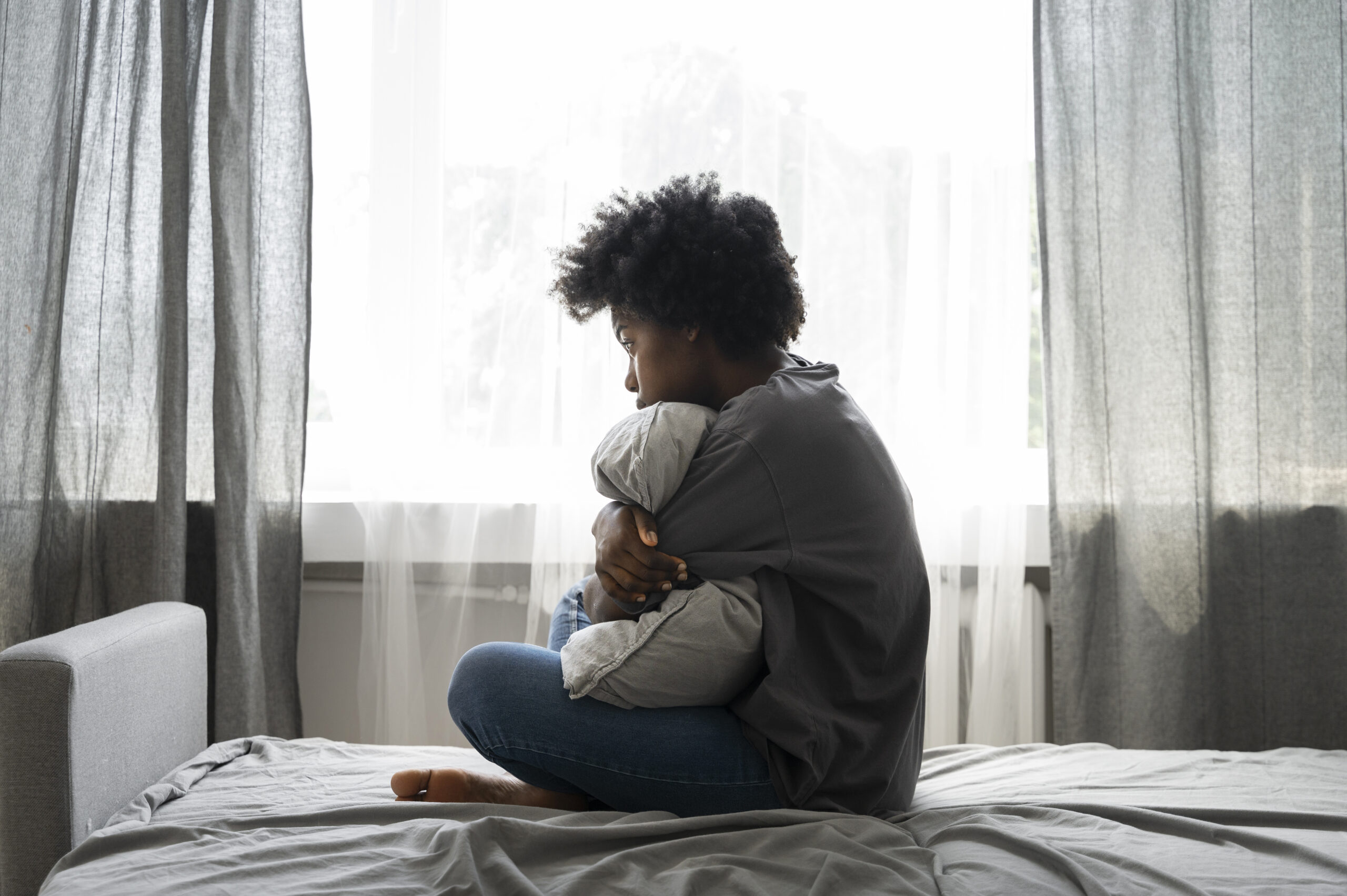
The Heavy Stone in the Schoolbag: How Childhood Trauma Affects Learning and What We Can Do About It
Ever Imagine a child carrying a schoolbag. From the outside, it looks just like everyone else’s—books, pencils, lunchbox, maybe a water bottle. But inside, hidden deep beneath the zipper, there’s a heavy stone. This stone is made of silence, fear, shouting matches at home, broken promises, raised hands, secrets kept, and tears wiped quickly.
It’s called trauma!
And no one sees it… but the child feels it every day.
What is Childhood Trauma?
Childhood trauma isn’t always what’s shown in movies. It can be emotional neglect, domestic violence, bullying, abuse, loss of a loved one, or being made to feel unworthy, unseen, or unloved.
It can be the quiet fear of going home.
The loud chaos no one else hears.
The deep loneliness even in a crowded classroom.
Now imagine trying to learn with all that sitting on your shoulders.
How Trauma Shows Up in School
Trauma doesn’t wear a name tag.
It hides behind behaviour.
- A child that always forgets homework might be dealing with survival, not forgetfulness.
- One who lashes out or can’t sit still might be trying to control the only thing they can.
- The “lazy” one may actually be depressed or deeply anxious.
- The “overachiever” might be using success to mask pain.
In truth, trauma rewires the brain—making it harder for children to concentrate, trust, process emotions, or even feel safe. When a child doesn’t feel safe, learning takes a backseat.
So What Can We Do?
We can’t take away every heavy stone…
But we can lighten the load.
1. Create Safe Learning Spaces
Classrooms should feel like warm nests, not cold tests. Soft colors, calm words, predictable routines, and kind responses go a long way.
A safe space tells the child: “Here, you are safe. Here, your voice matters. Here, you’re more than your trauma.”
- Train Teachers to Recognize Emotional Pain
Teachers are not therapists—but they are first responders. Training teachers to notice signs of trauma—like withdrawal, aggression, anxiety, or hyperactivity—means help can come faster. Knowing what not to say and how to respond with empathy can make a world of difference.
- Introduce Mental Health Support
Every school should have access to a mental health counselor or psychologist. Whether it’s group therapy, play therapy, or one-on-one sessions, children need a place to unpack that heavy stone. Talking helps. Listening heals.
- Partner with Parents and Guardians
Sometimes, caregivers are doing their best but don’t know how to support their child emotionally. Workshops, resources, and open conversations help families understand trauma and how it affects learning. Healing starts at home and support should never feel like judgment.
5. Let Children Be Children Again
Trauma often forces children to grow up too fast.
To always be alert. To always pretend.
But what if we gave them permission to laugh again, play again, be curious again? Healing often hides in creativity, music, stories, dance, and even simple games.
Do You Know?
That child who doesn’t talk much?
That one who talks too much?
That one who keeps fighting or keeps daydreaming?
They might just be carrying a stone too heavy for their small hands.
Education is not just about what we teach. It’s about who we’re teaching and what they’ve been through.
So let’s teach with patience.
Let’s see beyond behaviour.
Let’s build schools where healing is part of the curriculum.
Because every child deserves to learn without the weight of silent pain pulling them down

